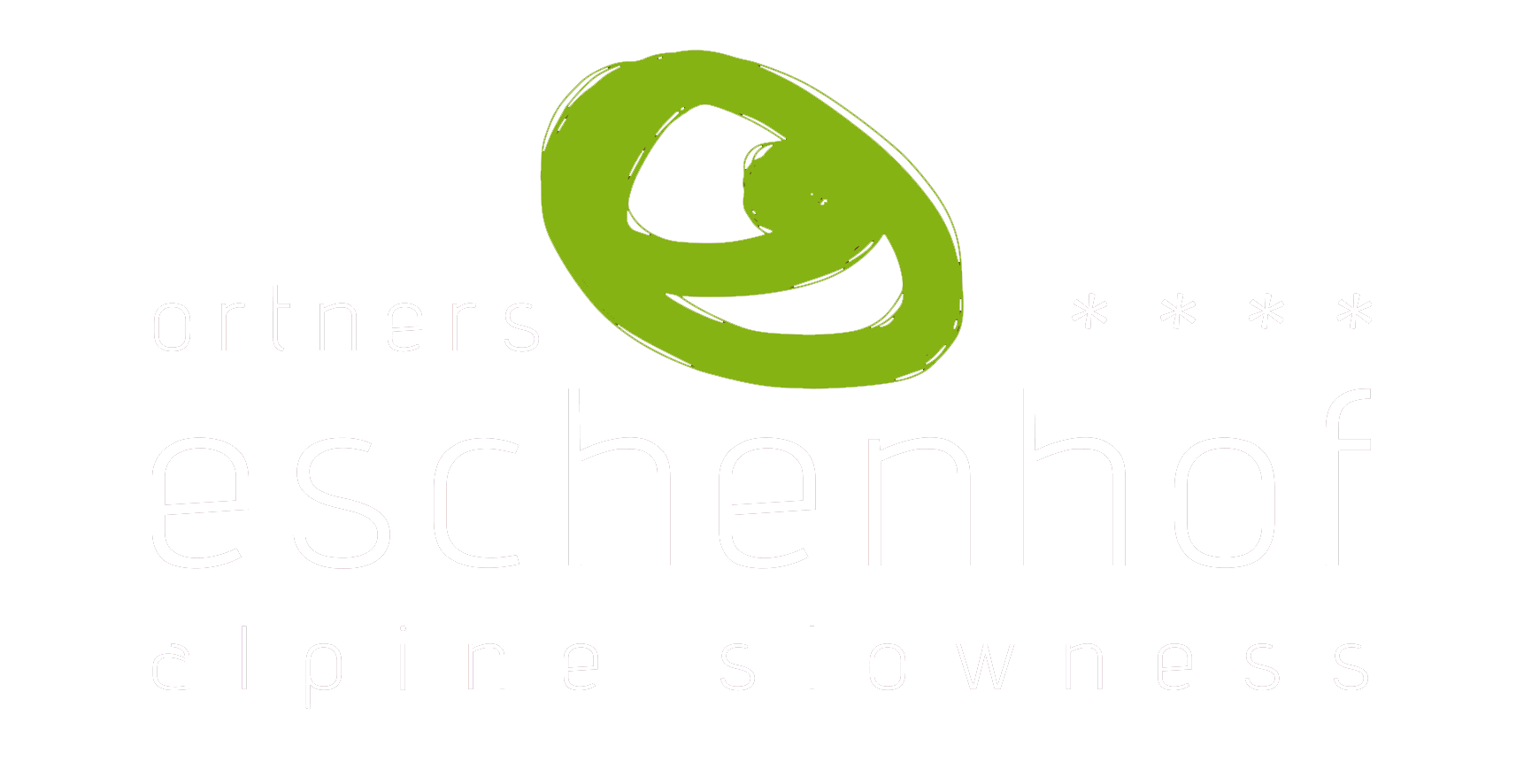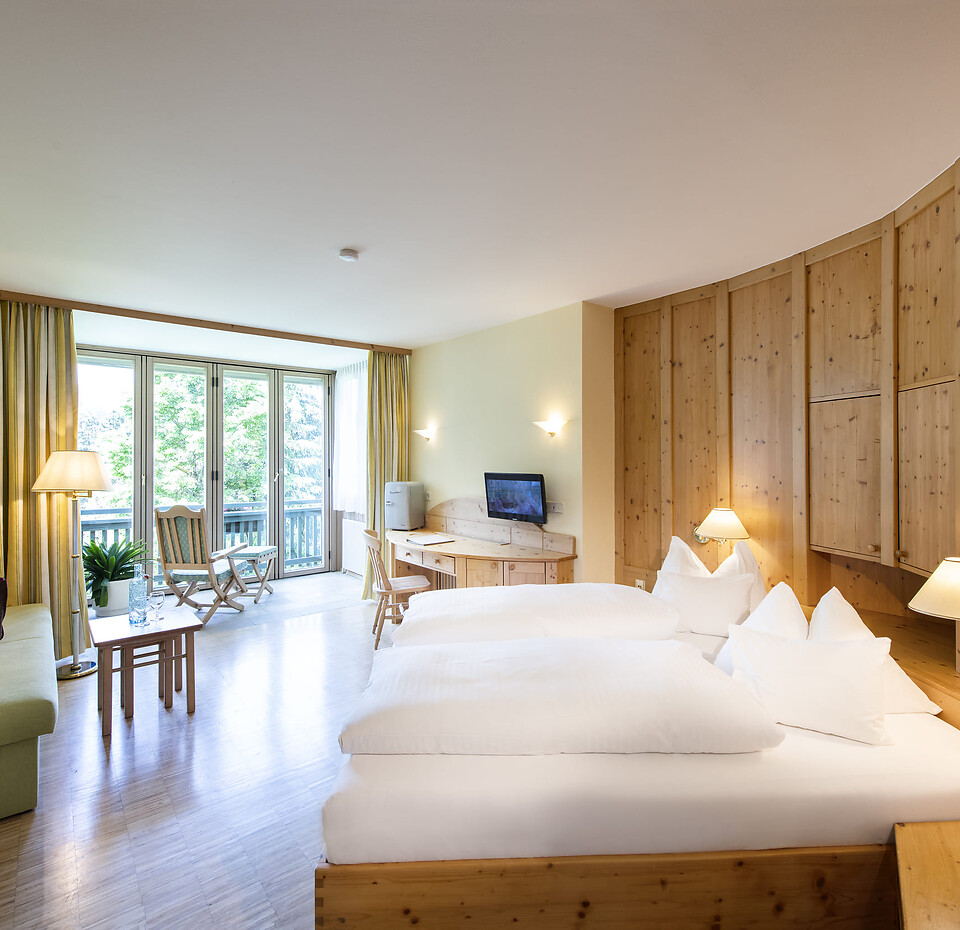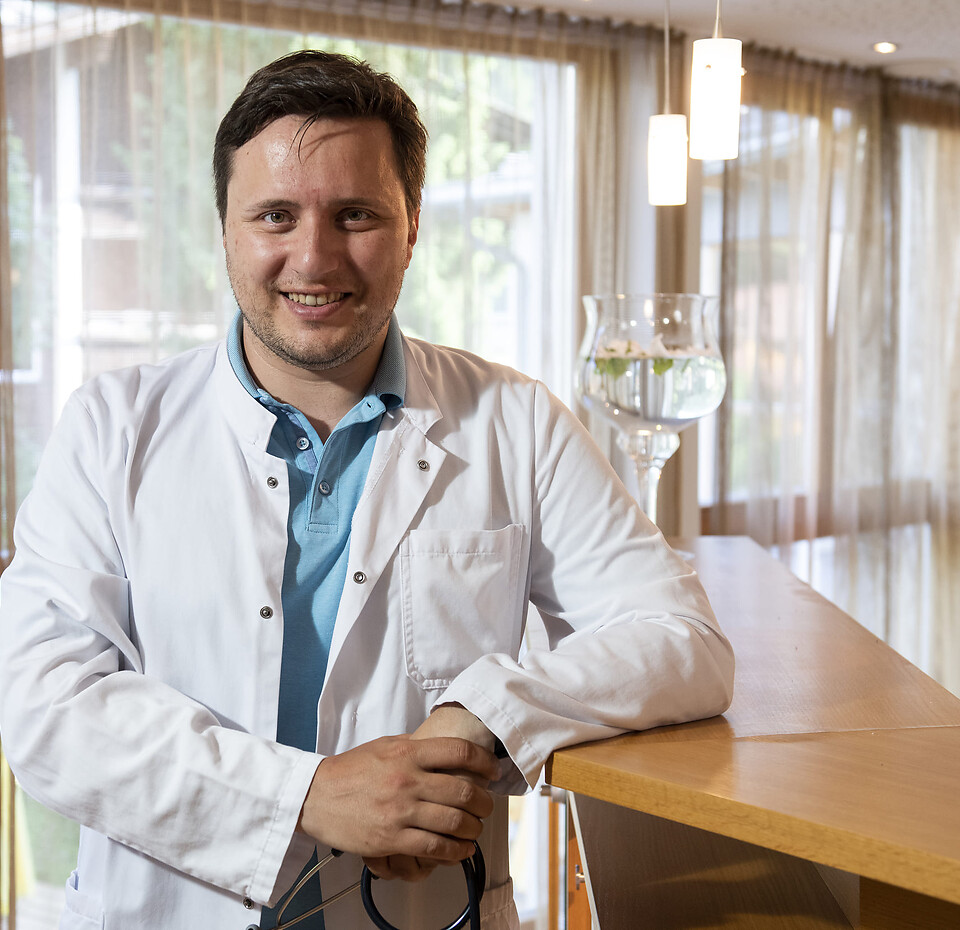
What is osteopathy...
...and how it has a positive effect on our body
There is a lot of talk about osteopathy nowadays, but many people wonder “what is osteopathy actually?”. In this entry, we would like to introduce you to the principles of osteopathy, its applications and individual disciplines.
Back in the 19th century, Andrew Taylor Still developed a form of therapy that we know as osteopathy today. Still said that anyone could find illness. The osteopath should look for health in people, meaning giving the resources of the patient the opportunity to heal the body by removing the blocking factors through adjustment. Osteopathy therefore stands for a philosophy, for a science and for a procedure in diagnostics and therapy.
There is a focus on four fundamental principles:
- The body is a unit. The human being is a physical, mental and spiritual whole:
The osteopathic principle of totality, also called holism, plays a central role in the osteopathic way of thinking and practice. This principle states that the human body is viewed as a complete and inseparable entity in which all the parts are connected and influence each other. Holism therefore means more than just the connection between organs, muscles and joints. Influences from the environment, whether it is nutrition, physical stimuli or psychoemotional factors, will have an influence on our being through direct cell contact or through afferent nervous stimuli. They feed the cells or damage them. Through the reactions of the nervous system, they have an influence on muscles, organs and the spirit. Holism therefore also signifies viewing the human being as an individual in their communication with the environment.
- Structure and function are mutually dependent:
The principle of constant interaction between structure and function also originates from close observations of nature. The leaves of a plant always face towards the source of light. If our function requires strength, we form strong muscles. Endurance sportspeople enlarge their heart and lung capacity. Even the blood of an endurance athlete will change. The function changes the structure and an altered structure changes the function. This law of nature explains that a dysfunction leads to a disturbance in the structure, in tissue.
- The principle of the regulation of circulation:
This principle refers to the significance of good circulation, a good metabolism a good neuronal functioning of the different areas of the body for health. Osteopaths pay attention to the structure, course and function of blood vessels, nerves and lymph pathways. The treatment seeks to identify and remedy constructions or blockages, in order to ensure the quality of the supply of oxygen and nutrients to the tissue, as well as the elimination of waste products, which is reflected n turn in improved functionality.
- The body has self-regulating mechanisms:
From the point of view of osteopathy, the human organism has significant mechanisms for self-regulation and in certain ways also “self-healing”. The “best healing” can therefore only be brought about by the organism. The aim of the osteopathic treatment is to support this balance of the endogenous mechanisms and to correct blockades or dysfunctions, to enable physiological, endogenous regulation.
Anyone who doesn't do something for their health every day will one day have to sacrifice a lot of time for illness.
The areas of application of osteopathy are wide-ranging and range from back and joint pain to digestive problems, headaches and tinnitus. The treatment is divided into three main disciplines:
- Parietal osteopathy – osteopathy of the locomotor system: this discipline deals with the locomotor system, in other words bones, joints, muscles and fasciae. The examination especially comprises palpations and the assessment of mobility restrictions on different levels. Treatment is then primarily through muscle techniques, impulse techniques or fasciae techniques.
- Visceral osteopathy – osteopathy of the internal organs: here the focus is on the internal organs and the surrounding fasciae. The gentle treatment is targeted especially towards improving organ mobility, organ motility and organ circulation.
- Craniosacral osteopathy: this discipline is dedicated to the skull, the sacrum and the dural system (of the meninges), which forms a connection between the first two as protection of the central nervous system. The applied techniques are also gentle and are intended to enable a physiological mobility in these systems.
Osteopathy can also contribute to stress reduction, burnout prophylaxis and improvement of sleep quality. Through targeted treatment and relaxation of the nervous system, stress is broken down and general wellbeing is increased. At the same time, physical tensions are eased, which leads to a better quality of sleep and a reduction in burnout risk.



Osteopathy with Dr. Martin Ortner in Bad Kleinkirchheim
Our family-run 4-star health hotel in Bad Kleinkirchheim offers you a very special service: osteopathy. Our in-house practice, led by the GP and budding certified osteopath Dr. Martin Ortner.
During your stay at Eschenhof, discover the beneficial effect of osteopathy and make use of the opportunity to bring your body and mind into harmony. Our practice is available for individual consultations and customised treatments, not only on the subject of osteopathy.
We look forward to accompanying you on your way to greater relaxation, wellbeing and healthy sleep.











